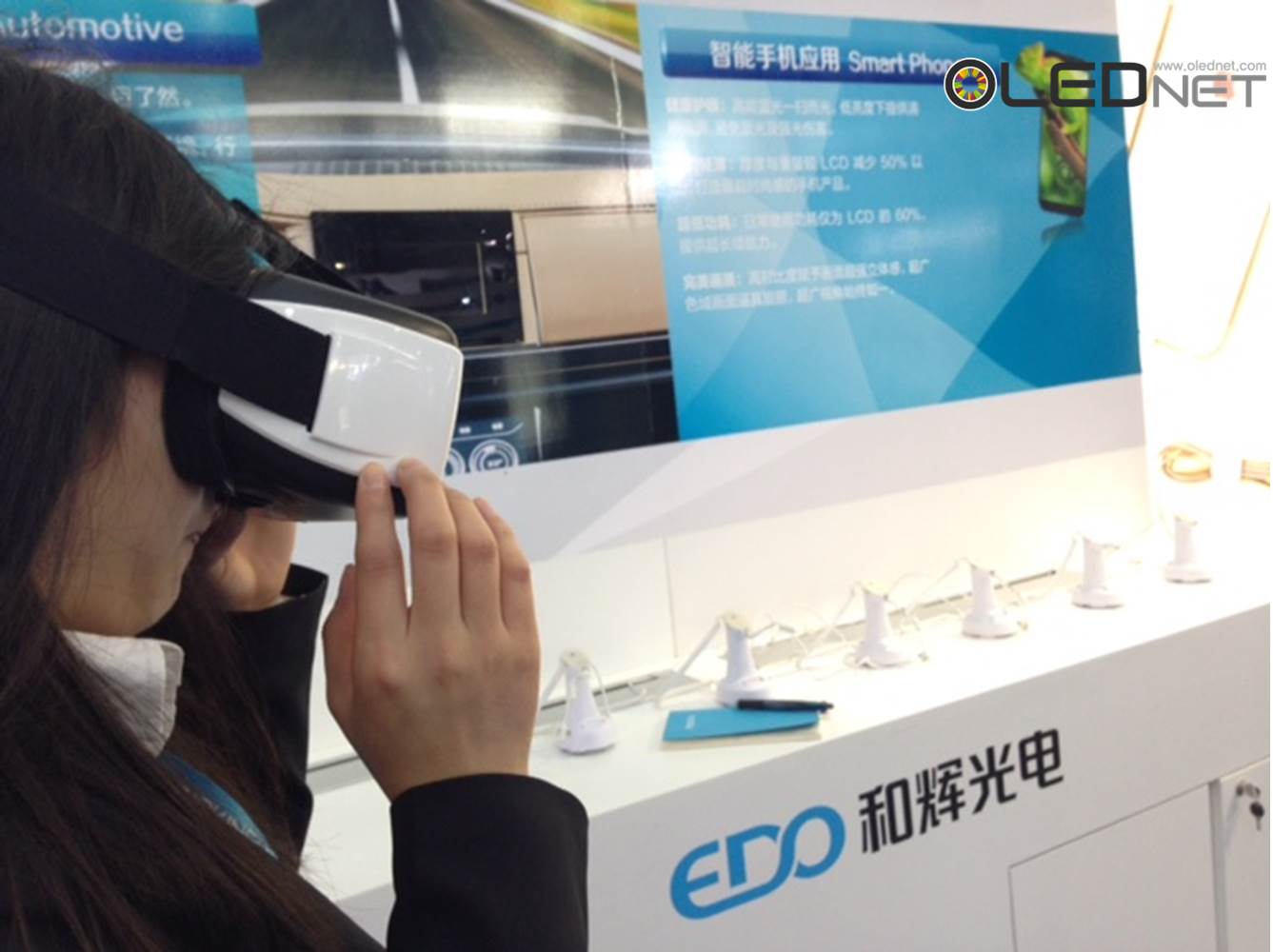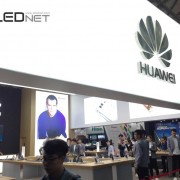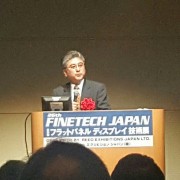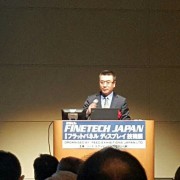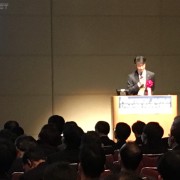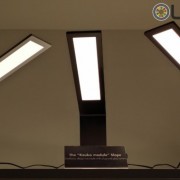Hyunjoo Kang / Reporter / jjoo@olednet.com

SDC’s CTO Sungchul Kim During Keynote Speech at FineTech Japan 2016
Samsung Display’s CTO, Sungchul Kim, displayed infinite potential of AMOLED’s new market creation ability, and emphasized that panel, manufacturing equipment, materials, and communication sectors need to grow together. He also suggested new life through AMOLED and technologies required for this.
On April 6, during the Technical Conference of FineTech Japan (April 6-8), Kim gave a keynote speech on the new market creating AMOLED’s next generation application and key technology.
As the market that AMOLED will newly open, Kim suggested mobile device, TV, VR and AR (virtual reality and augmented reality), automotive, PID (public information display), etc. According to Kim, these applications will be actualized through various forms of AMOLED such as foldable, rollable, stretchable, mirror, and transparent.
Explaining the utilization of mirror and transparent AMOLED, Kim emphasized that what is normally a wall or window can be turned into a PID that shows required information when needed. Kim explained that AMOLED is suitable for VR or AR that allows the user to realistically experience a particular environment or situation by combining the imaginary and reality. He added that when foldable and rollable displays are applied to mobile device, IT device, TV, etc., large screens can be produced while the device is small, and space utilization and mobility can be increased. Regarding automotive AMOLED, Kim explained that it will provide required information without disrupting driving, as well as improving the design of the vehicle.
Additionally, Kim suggested key technology required for actualization of each application. In the case of a window display, a technology that can simultaneously produce flexibility and hardness is required, and for automotive AMOLED, the technology for blue materials of phosphorescent materials needs to be improved. For transparent display that actualizes PID, transparency of each layer, substrate heat resistance, etc. have to be achieved.
Kim explained that in future, new life which is smart and connected through AMOLED will open. He further emphasized that for this to happen panel, manufacturing equipment, materials, and communication sectors need to grow together.
FineTech Japan 2016 (April 6-8) is a display technology related exhibition held in Tokyo Big Sight. The 26th annual event is participated by approximately 260 companies including Samsung Display, BOE, and Japan Display.




